This dazzling program showcases the genius of George Balanchine, a visionary who shaped contemporary ballet in America. His artistic evolution unfolds in three unforgettable works, each revealing a different facet.
Diamonds, glittering with grandeur, pays homage to Balanchine’s classical roots and command of tradition. Serenade, his first ballet created for American dancers, poetically captures both emotional depth and groundbreaking innovation. Closing out with Stars and Stripes, Balanchine turns a bold, joyful tribute to the American spirit into pure, patriotic spectacle.
Set to the sweeping scores of Tchaikovsky and John Philip Sousa, this program is a vibrant journey through the legacy of one of the 20th century’s greatest choreographers.
Experience Balanchine’s unmatched artistry brought to life on stage. Brilliant, bold, and not to be missed.
Set to Sousa's buoyant marches and dressed in Karinska's delightful all-American costumes, Stars and Stripes contains as much pure dancing as many full-length classical ballets.
For all its exuberant patriotic touches, Stars and Stripes contains as much pure dancing as many full-length classical ballets. The work is divided into five “campaigns,” each of which uses different themes from John Philip Sousa’s marches. When asked why he chose to choreograph a ballet to Sousa, Balanchine replied, “Because I like his music.” Stars and Stripes has been performed for many memorable occasions, including Nelson Rockefeller’s inauguration as governor of New York, tributes for Presidents John F. Kennedy and Lyndon B. Johnson, and the opening ceremonies for the New York State Theater (now the David H. Koch Theater) at Lincoln Center. The ballet is dedicated to the memory of Fiorello H. LaGuardia, mayor of New York City from 1934 to 1945 and founder of the City Center of Music and Drama.
Serenade is a romantic work of immense sweep, set to a transcendent Tschaikovsky score.
Serenade is a milestone in the history of dance. It is the first original ballet George Balanchine created in America and is one of the signature works of New York City Ballet’s repertory. Balanchine began the ballet as a lesson in stage technique and worked unexpected rehearsal events into the choreography. A student’s fall or late arrival to rehearsal became part of the ballet.
After its initial presentation, Serenade was reworked several times. In its present form there are four movements: “Sonatina”, “Waltz”, “Russian Dance”, and “Elegy.” The last two movements reverse the order of Tschaikovsky’s score, ending the ballet on a note of sadness.
“In everything that I did to Tschaikovsky’s music, I sensed his help. It wasn’t real conversation. But when I was working and saw that something was coming of it, I felt that it was Tschaikovsky who had helped me.”
George Balanchine
With its symphonic Tschaikovsky score, Diamonds venerates the regality of Balanchine's native Russia for an elegant and romantic experience.
Balanchine choreographed Diamonds, the third section of his three-part masterpiece Jewels, to Peter Ilyitch Tschaikovsky's Symphony No. 3 in D major, Op. 29. Tschaikovsky composed this work in 1875, just before starting to write Swan Lake. It is the only one of his six symphonies in a major key, and it is the only one to have five movements, with two scherzos setting off the central Andante elegiaco. Balanchine, however, decided to omit the symphony's first movement, deeming it unsuitable for dancing.


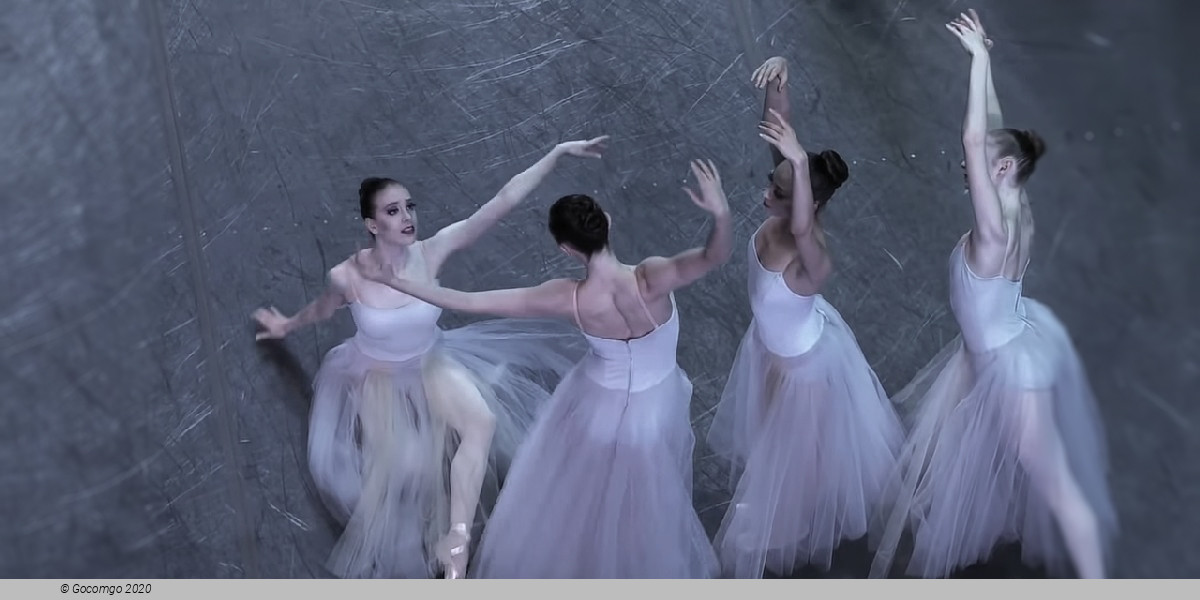
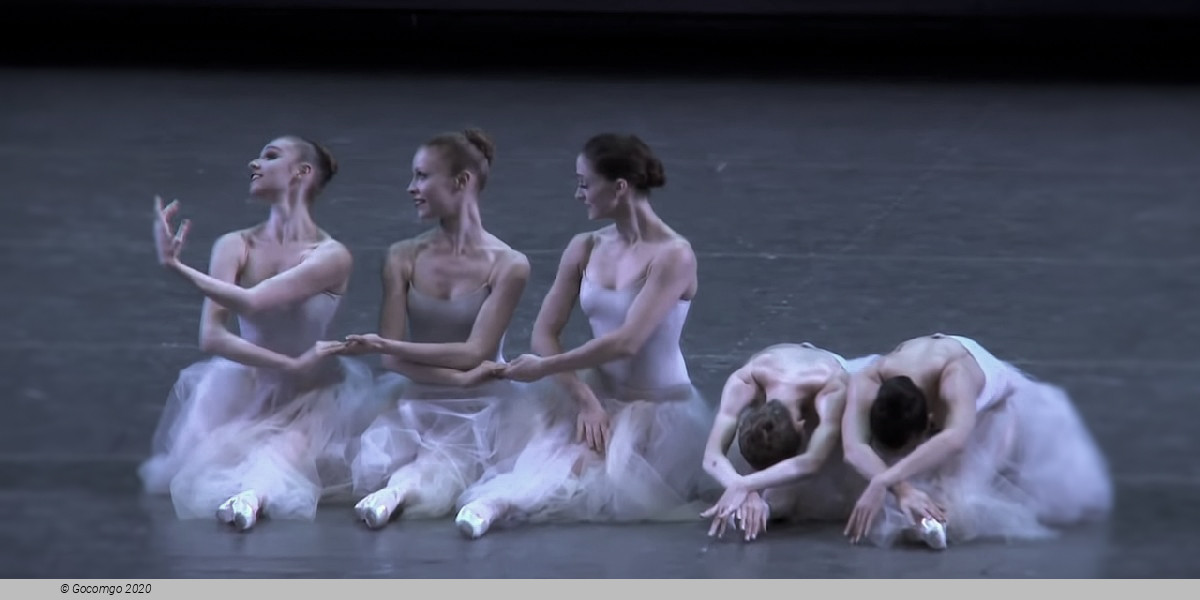
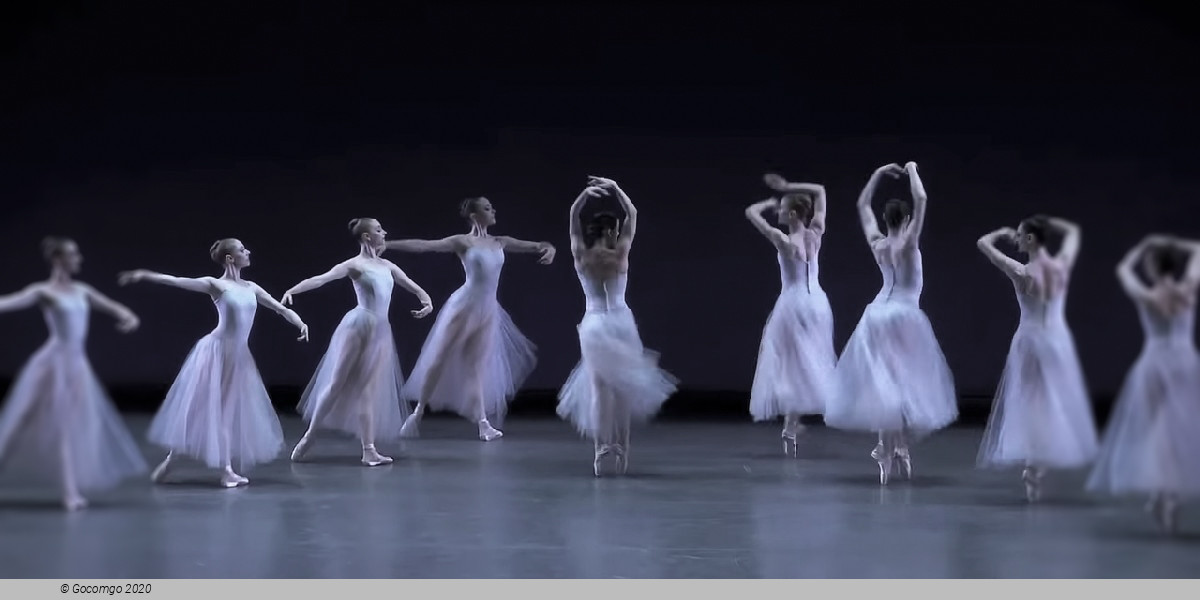
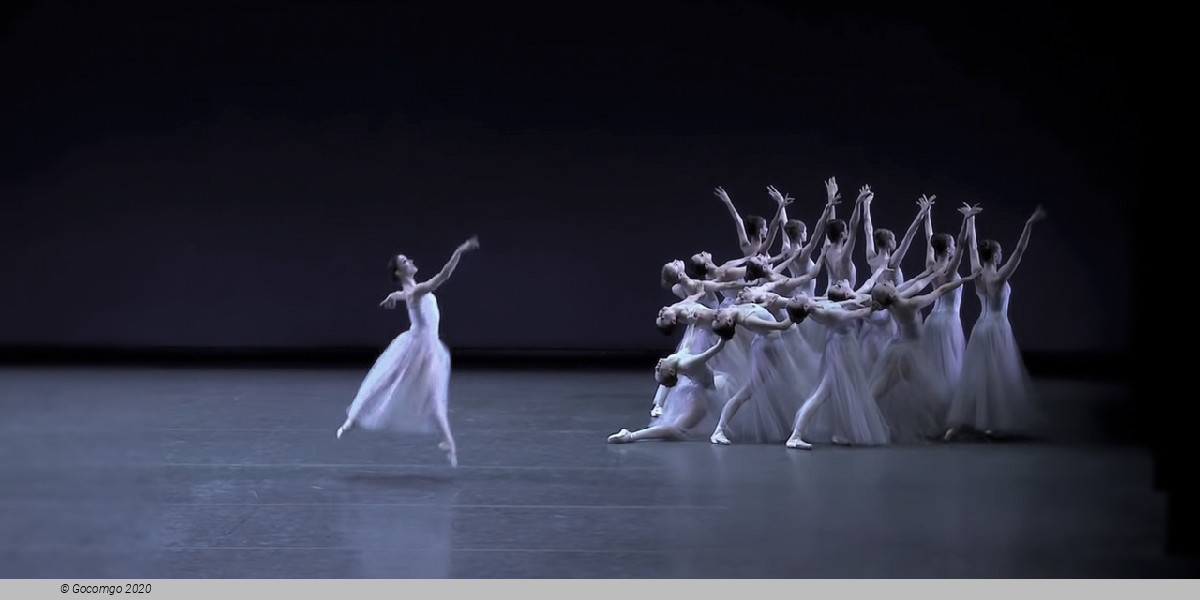

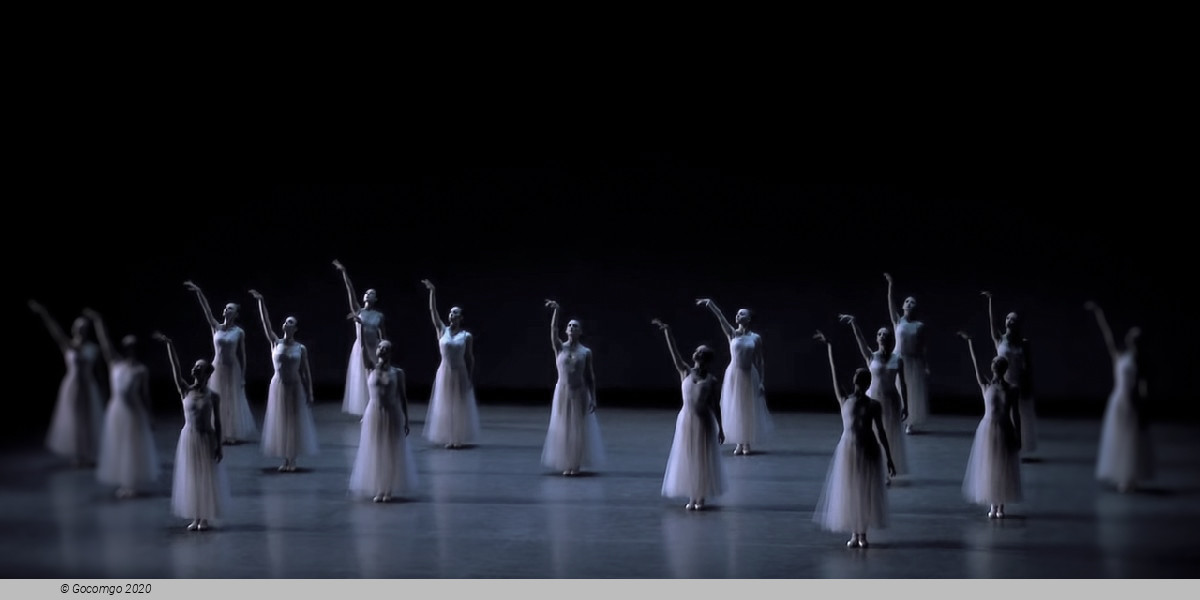

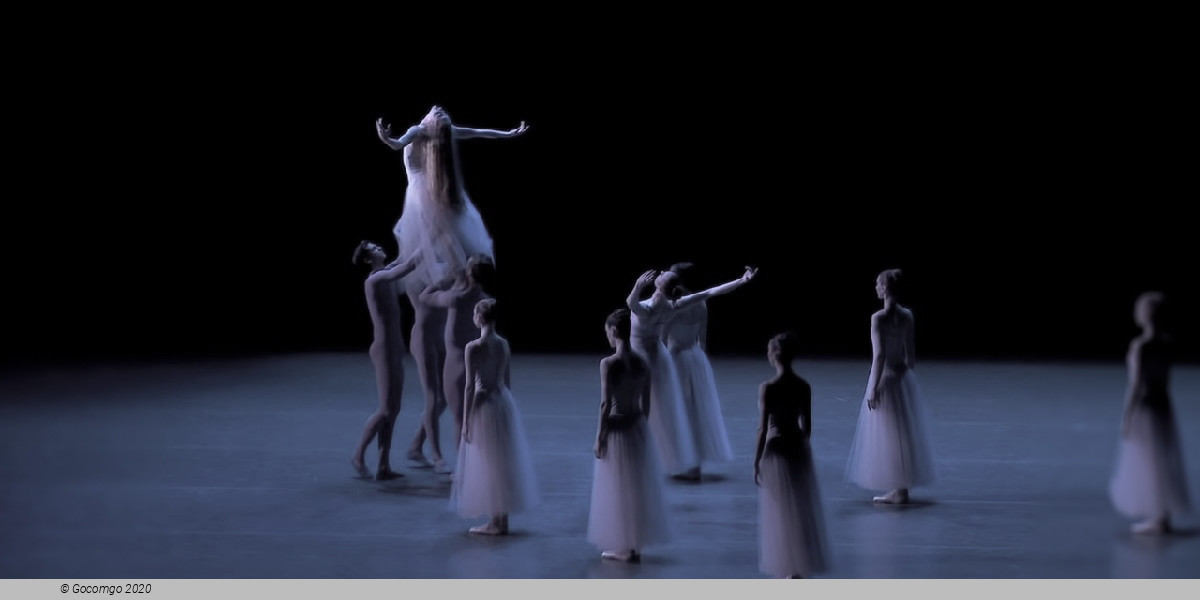
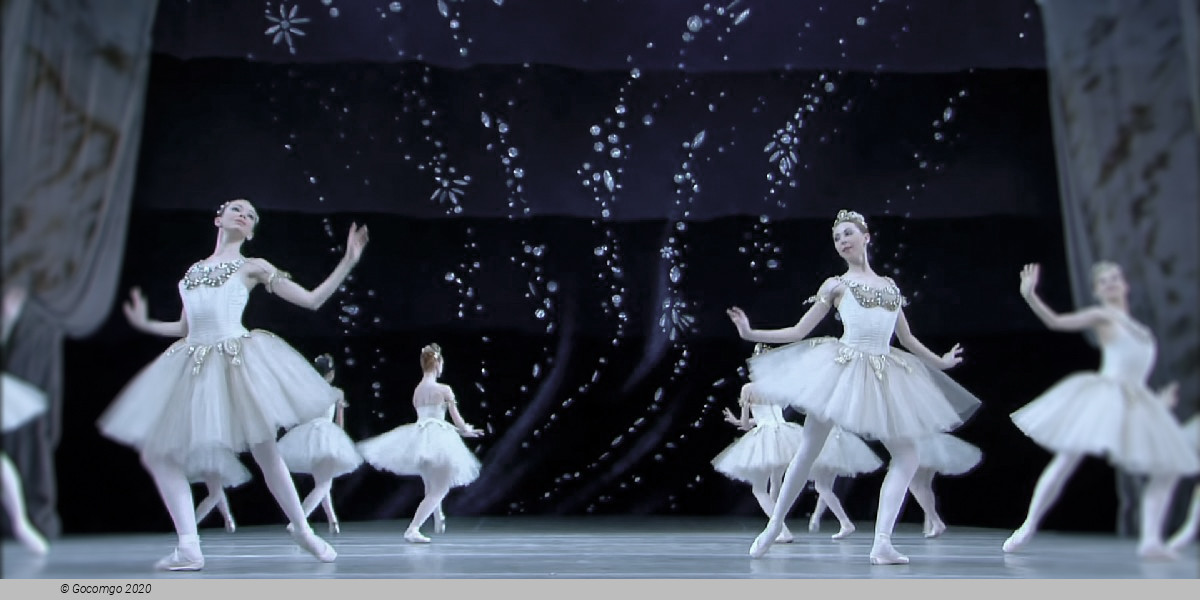

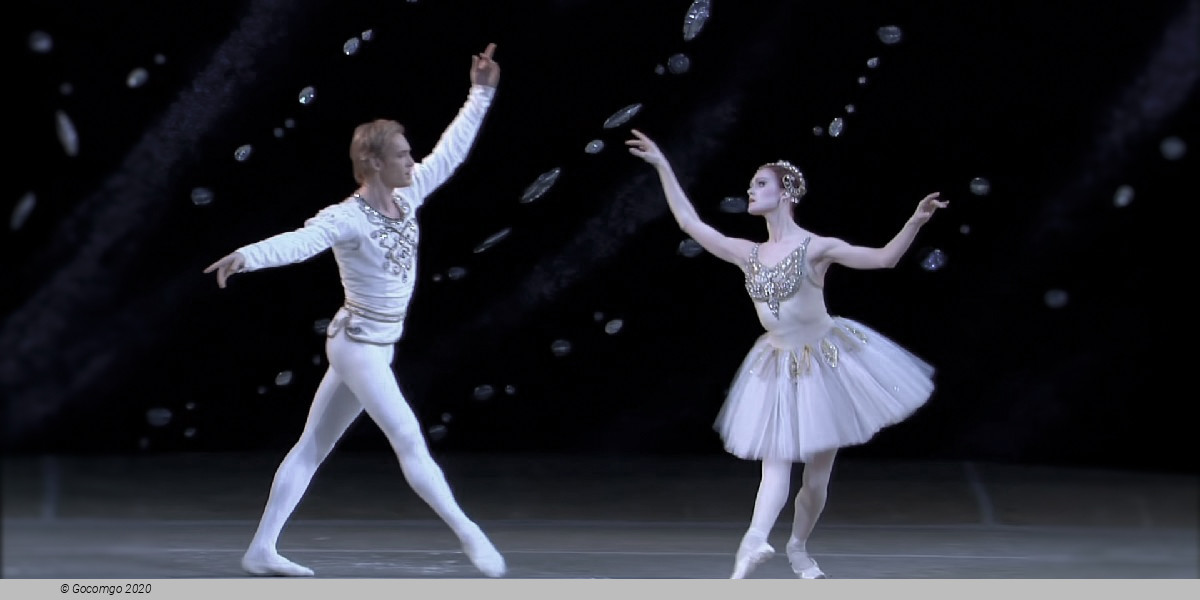

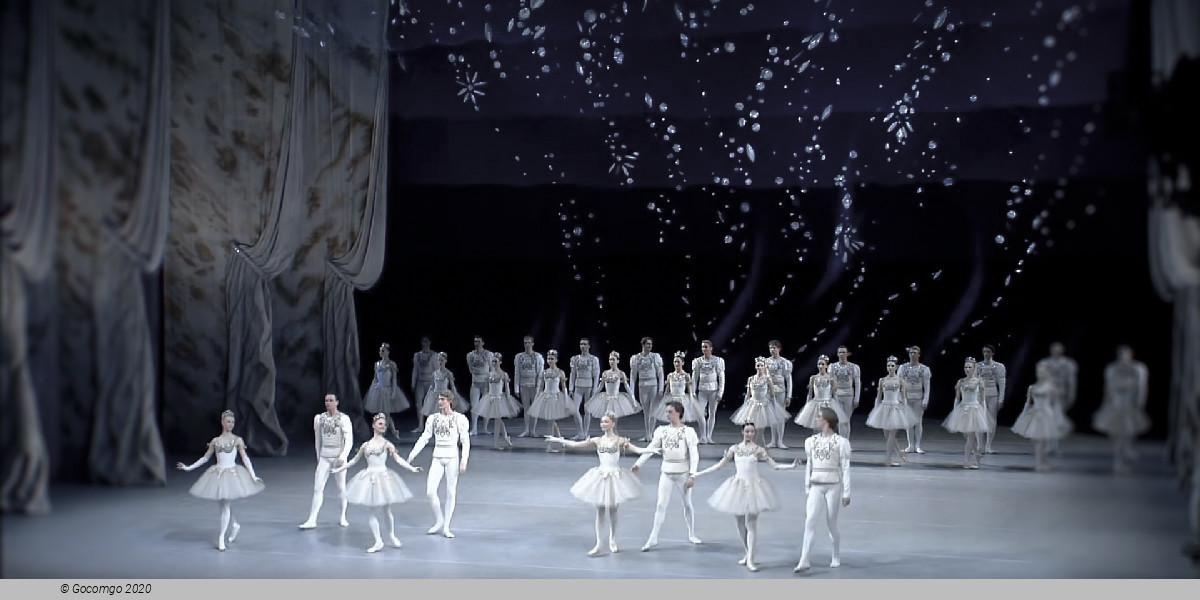
 301 Van Ness Avenue
301 Van Ness Avenue